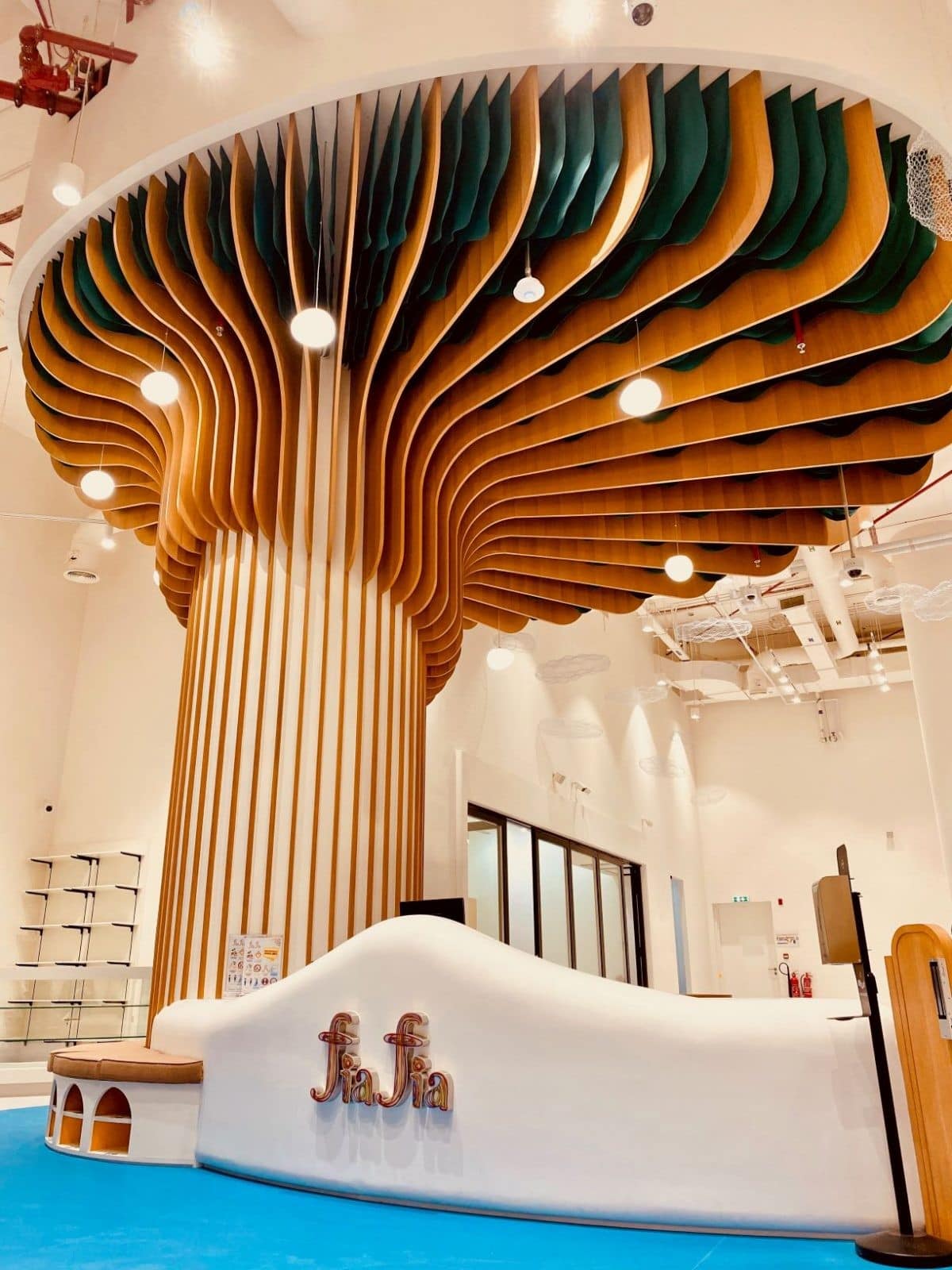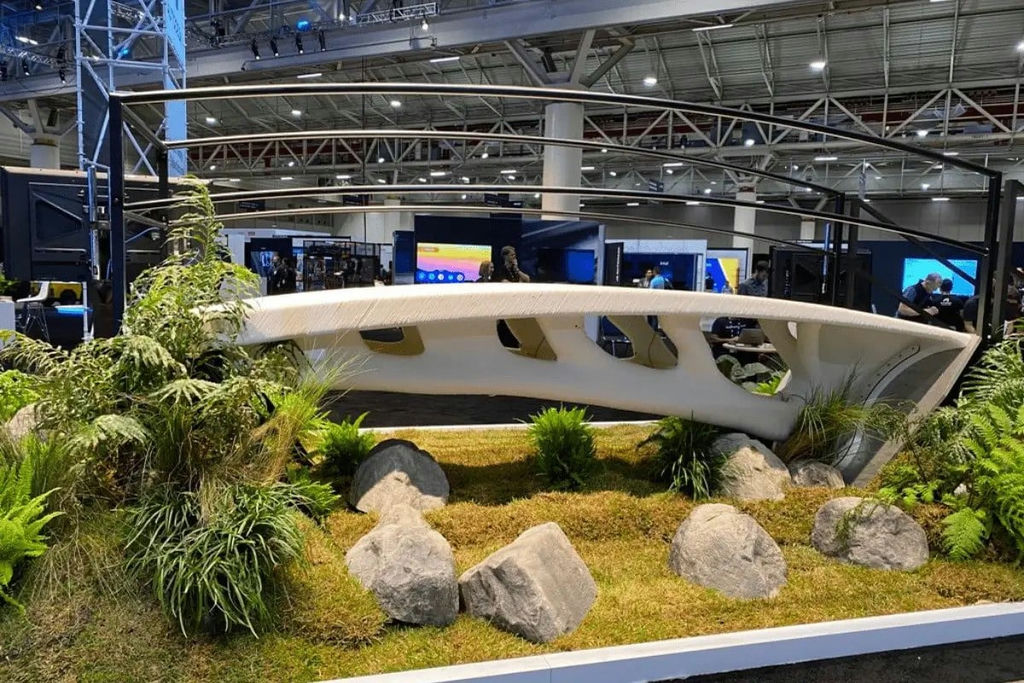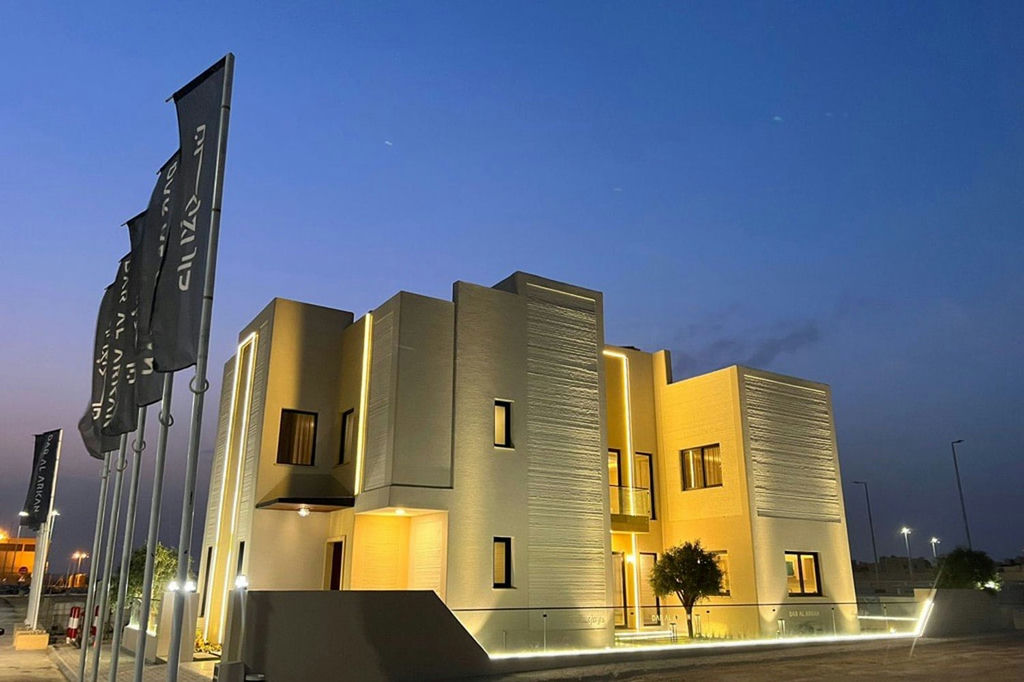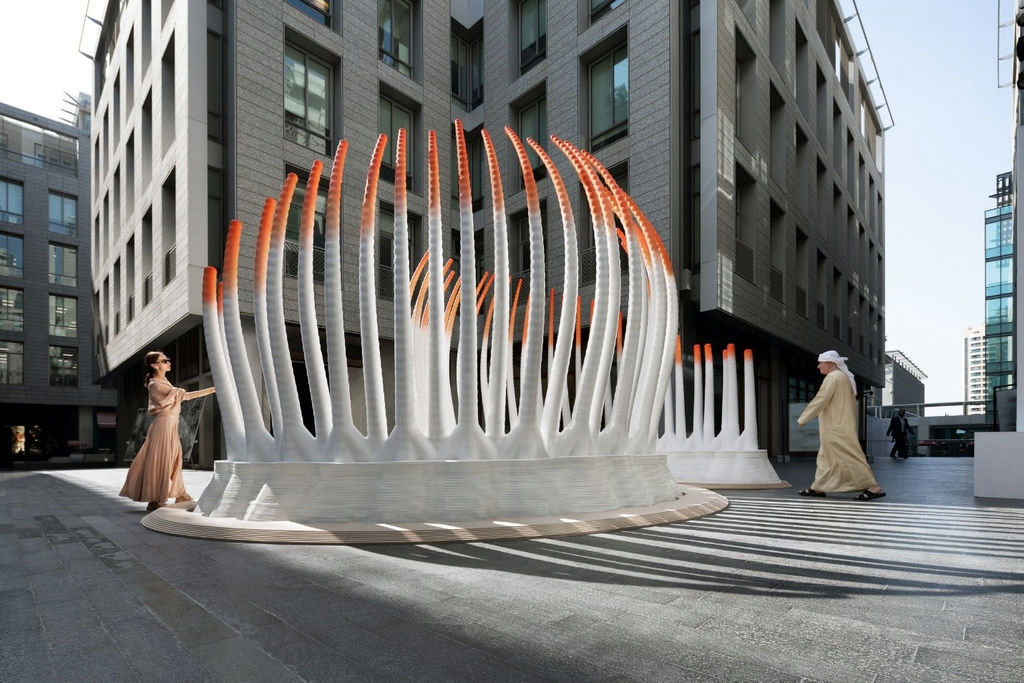The Middle East has always been a hub of architectural marvels and design excellence, showcasing the rich heritage and cultural diversity of the region. In recent years, there has been a surge in the adoption of additive manufacturing (AM) which is revolutionizing the way design and architecture are approached.
Additive manufacturing has opened up endless possibilities for designers and architects, allowing them to unleash their creativity like never before. From intricate geometric patterns to custom-designed facades, AM has become a game-changer in the industry, offering unparalleled flexibility and precision.
The article by AM Chronicle highlights the benefits of AM technology for construction, design and architecture. It also discusses the significant projects in Middle East that uses AM technology.
Benefits of Additive Manufacturing
One of the key advantages of additive manufacturing is its ability to create complex structures with ease. Traditional manufacturing methods often impose limitations on the shapes and forms that can be produced. However, with AM, designers can bring their most daring and imaginative concepts to life, pushing the boundaries of what was once considered possible.
Moreover, additive manufacturing allows for efficient use of materials, reducing waste and environmental impact. This aspect is particularly significant in the Middle East, where sustainability and resource conservation are paramount considerations. AM enables architects to optimize designs, minimizing material usage while maintaining structural integrity.
The integration of AM in the Middle Eastern design and architecture landscape has also facilitated the preservation of cultural heritage. By leveraging 3D scanning and printing technologies, intricate details of historical landmarks and artifacts can be captured and replicated with utmost accuracy. This not only aids in restoration efforts but also enables wider access to these cultural treasures, fostering appreciation and understanding among the masses.

Additionally, additive manufacturing offers unparalleled customization opportunities. Architects can now tailor designs to suit specific needs and preferences, whether it’s designing ergonomic furniture, unique lighting fixtures, or even personalized building components. This level of customization not only enhances functionality but also creates immersive and engaging experiences for inhabitants and visitors alike.
Furthermore, the use of additive manufacturing has the potential to accelerate construction processes, making it an attractive option for ambitious development projects in the Middle East. By employing large-scale 3D printers and robotic systems, construction times can be significantly reduced, leading to cost savings and faster project completion. This technology has the power to shape skylines and urban landscapes at an unprecedented pace.
Applications
3d Printed Two-Story Structure

Engineering Contracting Company (ECC) constructed the world’s largest 3D printed two-story structure in Dubai. The building was completed in October 2019 and is located in Al Warsan. It has a floor area of 640 square meters and a height of 9.5 meters.
The 3D printed building in Dubai is a significant milestone in the development of 3D printing technology. It is the first 3D printed two-story structure in the world, and it demonstrates the potential of this technology to be used to create a wide variety of structures. The building is also a sustainable development. It is made from locally sourced materials, and it requires less energy to produce than traditional concrete buildings. This makes it a more environmentally friendly option.
3D printed pedestrian bridge in Abu Dhabi

The 3D printed pedestrian bridge is located in the Masdar City development and was designed by the company Robotic Construction Systems. It is made from a special type of concrete that is strong and durable, but also lightweight. This makes it ideal for use in 3D printing, as it allows for the creation of large structures with complex geometries.
The bridge is a significant milestone in the development of 3D printing technology. It is the first 3D printed pedestrian bridge in the world, and it demonstrates the potential of this technology to be used to create a wide variety of structures.
3D Printed Mosque in UAE

The 3D Printed Mosque is a project of the Islamic Affairs and Charitable Activities Department (IACAD) in Dubai. It is scheduled to be completed in 2025 and will be the first 3D printed mosque in the world. The mosque will be located in Bur Dubai, one of the oldest neighborhoods in Dubai. It will be a two-story structure with a capacity for 600 worshippers. The exterior of the mosque will be made of a special type of concrete that is strong and durable, but also lightweight. The interior will be decorated with traditional Islamic motifs.
World’s Biggest 3D Printed House in Oman
A 3D-printed building unveiled last month at the Halban campus of the German University of Technology in Oman (GUtech) has now been described as the world’s largest 3D printed real concrete building. A 3D-printed building unveiled last month at the Halban campus of the German University of Technology in Oman (GUtech) has now been described as the world’s largest 3D printed real concrete building.

3D-Printed Majlis House by MEAN (Middle East Architecture Network)

The 3D-Printed Majlis House by MEAN (Middle East Architecture Network) is a modular house that is designed to be printed using concrete 3D printing technology. The house is designed to be a space for social gathering and interaction, and it is inspired by the traditional Emirati Majlis.
The house has three different design options, each with its own unique spatial configuration. The first option is a capsule pod, which is a small, self-contained unit that can be attached to an existing house or built as a standalone structure. The second option is a flowing space, which is a larger, more open-plan unit that is designed to be flexible and adaptable to different uses. The third option is folded walls, which is a more sculptural design that creates a sense of privacy and intimacy.
World’s Tallest 3D printed building in Riyadh, Saudi Arabia
Dar Al Arkan, the Saudi Arabian real estate developer, used a COBOD 3D construction printer to create the 3-story, 9.9-meter-tall, the world’s tallest 3D-printed building, which comprises 345 sqm in Riyadh, Saudi Arabia. Low-cost local materials were utilized to manufacture the 3D printable concrete that was used to print all of the walls of the 345 sqm structure.

3D Printed Deciduous Pavilion

The Deciduous Pavilion was designed by MEAN for DIFC (Dubai International Financial Center). It is a 48 square meter pavilion that was 3D printed using a combination of concrete and plastic. The pavilion is designed to resemble a botanical form, and it is meant to evoke a sense of nature in the urban environment.
End Note
As the Middle East continues to embrace additive manufacturing, it is clear that this disruptive technology is redefining the way design and architecture are approached in the region. With its ability to unlock unparalleled creativity, enhance sustainability, preserve cultural heritage, enable customization, and expedite construction processes, AM is becoming an integral part of the industry’s future.
The Middle Eastern design and architecture community stands at the forefront of this revolution, utilizing additive manufacturing to create awe-inspiring structures that blend tradition and innovation seamlessly. As we witness this exciting evolution, one thing is certain – the role of additive manufacturing in shaping the future of Middle Eastern design and architecture is only set to grow, inspiring a new era of creativity and innovation. The AM Conclave to be hosted on 13-14 September 2023 will feature a special Architecture and Construction track to focus on this aspect.
About AM Conclave Middle East
AM Conclave Middle East is an initiative to bring the entire Additive Manufacturing and 3D Printing ecosystem in the Middle East on one platform including Government, Users, Software Providers, Hardware, Material Manufacturers, Research Institutes and Standards & Certification Bodies, with an aim to advance the adoption of AM in line with the various initiatives and strategies in the region to catalyze manufacturing.
The event will feature application and technology focussed conference mapping the latest developments and trends in the world of Additive Manufacturing. A high quality technical conference will also be supported by a technology showcase and networking zone for the industry stakeholders to showcase their solutions and exchange ideas.
For more information visit: https://amconclave.com/
Subscribe to AM Chronicle Newsletter to stay connected: https://bit.ly/3fBZ1mP
Follow us on LinkedIn: https://bit.ly/3IjhrFq
Visit for more interesting content on additive manufacturing: https://amchronicle.com

